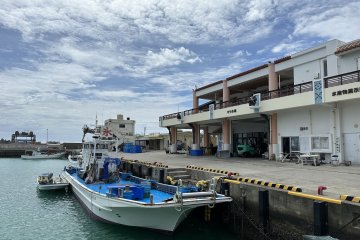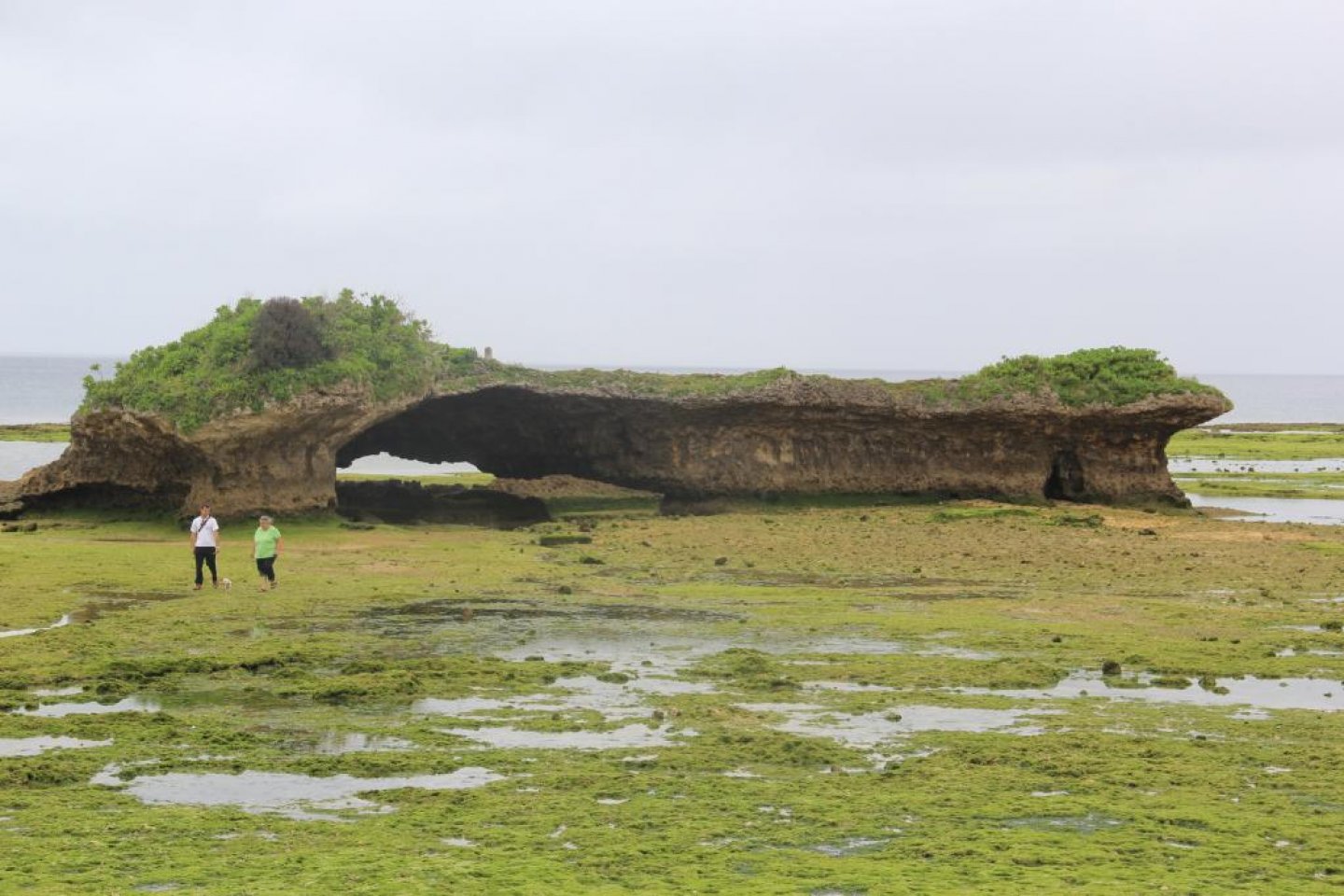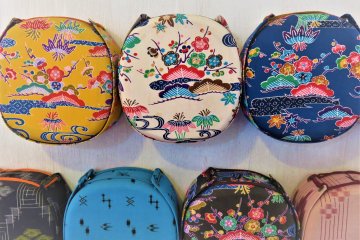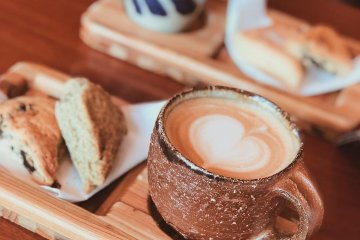

Yomitan
Known for its pottery, beaches, castle and lighthouse
Things to do in Yomitan




Upcoming Yomitan Events

Yomitan Pottery Market 2026
Japan is home to a number of different pottery towns, and Yomitan on Okinawa's western coast is one of them. The town hosts..
Where to eat in Yomitan

 8
8
Gon Soba
Michael FlemmingDelicious traditional Okinawan Soba at a growing small chain of soba shops
 15
15
Ocean's Pizza
Michael FlemmingOcean's Pizza in the Gala Shopping Center along the waterfront in Yomitan Village
Places to stay in Yomitan
 13
13
Hoshinoya Okinawa in Yomitan
Peter LinHoshinoya Yomitan is a stunning seaside resort in the peaceful Yomitan Village neighborhood. This is a wonderful place to stay with..
Latest Yomitan Reports
 12
12
Yomitan Pottery Village in Okinawa
Chris BarnesOkinawa is known for its Tsuboya pottery, Yomitan Pottery Village is home to 45 artisans who create their masterpieces here.
 9
9
Cape Zanpa Sunset
Chris BarnesCape Zanpa is the perfect place to enjoy one of Okinawa's beautiful sunsets.
 10
10
Toguchi Beach Park
Michael FlemmingToguchi Beach Park: A Low Tide Adventure along the China Sea and Hija River in Yomitan Village, Okinawa






















